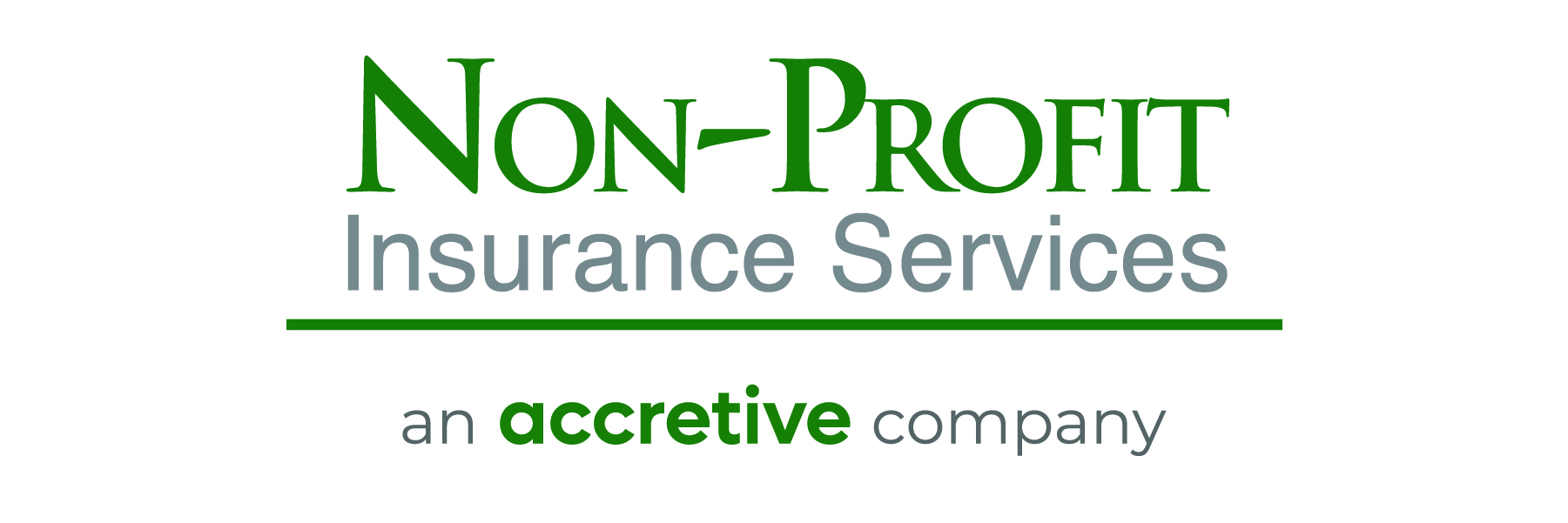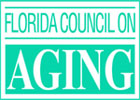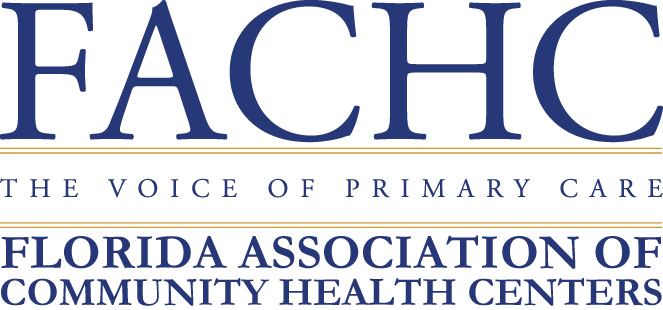December, the biggest giving month of the year for not-for-profits and charities, has barely begun and I’m already exhausted by the volume of donation requests. The ask is endless. Traditional methods to connect with donors are ongoing (galas and annual campaigns), then there is the proliferation of online and peer-to-peer donation platforms such as GoFundMe, Donor’s Choose, Fundly, Causes, Crowdrise and more. In case you forgot, only a week ago it was Giving Tuesday, the first Tuesday after Black Friday and Cyber Monday, each year when we consumers are encouraged to shift spending away from consumption. There is no shortage of worthy causes and there does not appear to be a shortage in the of asks every other month of the year to support them. Yet, the volume and noise of requests is numbing, causing me to ask: is there a better way in the hyper-connected world we live in, for causes to effectively connect with donors?
For answers on what fundraisers should be doing rather than continually pursuing the ask, I turned to Karen DeTemple and Nicole Polletta, founders of The Art of Change, a consultancy working with many cultural non-profits to create unique opportunities and key moments throughout the year for a fundraiser to connect with current and prospective donors.
Kelly Hoey: What are fundraisers getting wrong when it comes to connecting and raising money?
Karen DeTemple: Let’s start by acknowledging that fundraisers face an enormous amount of pressure. Everyone needs funding and of course, they need it right now! Most organizations are understaffed and have large fundraising expectations. So the demands on fundraisers are higher than ever. The brutal truth is that successful fundraising still takes time. Amongst other things, an organization must have a comprehensive fundraising strategy, strong donor engagement programs in place and an active board of directors.
Nicole Polletta: The foundation of fundraising is building relationships. This is why an engaged board of directors together with a strong staff is essential. If there is a lot of turnover in an organization and a lack of strategy then the donor relationships will suffer, making it challenging to raise money. There is an art to fundraising and that art starts with building necessary relationships.
Hoey: Why do you think organizations have not shifted their approach to fundraising?
DeTemple: A lack of staff and a cohesive strategy, combined with high performance expectations, are what holds back most organizations. But the real key to fundraising is building the long-lasting relationships.
Hoey: Can you share a couple of examples to illustrate a better way to build relationships with donors?
Polletta: For example, a special invitation to donors can be last minute. The Art of Change focuses on creating unique art centered opportunities. If an artist comes to town unexpectedly, we’ll call the donor to see if he or she wants to meet with the artist. The donor may or may not be available, but he or she always very much appreciate the invitation.
DeTemple: Fundraisers risk creating a bad reputation if they call donors only when they need money. Organizations can break that cycle with these “special moments”. These make the inevitable “ask” easier because the organization has already built a strong relationship with the existing or potential donor.
Polletta: Another concrete example from on a recent overseas trip we took with a nonprofit’s donors. On the trip, we learned that one of the couples wanted to dine at a Michelin-rated restaurant – so we made it happen. The couple missed the planned group activity that evening however, the gesture produced results for the nonprofit: the couple made a special donation to the organization at the end of the trip.
DeTemple: The ask will come one day but shouldn’t be at the forefront of the fundraiser’s mind.
Hoey: How should not-for-profit organizations be thinking about leveraging their networks?
DeTemple: Nonprofits should always be taking a 360 look at their fundraising strategy. The strategy should be comprehensive, well-rounded and include board of director engagement, major gifts, annual appeal campaigns, foundations, corporations, online giving, social media, crowdfunding, cultivation, community and fundraising events plus marketing tools and strategy. Keep in mind that the main tool of fundraising is building relationships. The fundraising strategy should address how the fundraisers are going to build relationships in order to raise the most money.
From my conversation with The Art of Change’s DeTemple and Polletta, three tactics to improve the network building efforts of your organization:
- Ensure every member of your board of directors remains enthused to tap their personal networks for your cause. Make time to sit down with each director, and listen to what their networks need to become more active in your cause.
- Audit the networks of your board along with your major donor list to ensure there is sufficient network diversity (i.e. industry, sector, experience, gender etc.) and you don’t have all of your fundraising efforts continually focused on the same communities of interest.
- Invest in training to enhance the emotional intelligence of all members of your organization. Learn from customer service obsessed companies in other industries such as hospitality, retail and auto sales.
Author: Kelly Hoey
Source: Forbes









